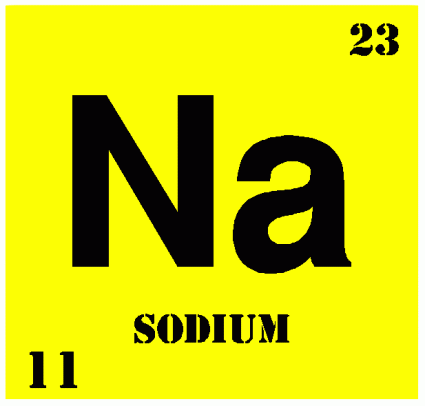The main of the “Develop your knowledge” project was to learn from each other. Here you can find the first scientific article, written by Olivér Norton Szabó, a Youth Platform member from Hungary.
Boze-Einstein condensate
The Boze-Einstein condensate (shorter BEC) is a state of matter, but not one of the regular ones like solid, liquid, gas or plasma. More like superfluids or quark-gluon plasma. The matter reaches this state at very low temperature, I mean really low. Nearly 0 Kelvin (depends on the material). If it was just this I wouldn’t write about it. But BEC is one of the most awesome things I have ever heard about.
First of all a bit of its history. This state was first predicted by Albert Einstein and Satyndra Nath Bose in 1924-25 (this is where its name cames from). Bose sent a paper to Einstein on light quanta (now they are called photons) based on Planck’s quantum radiation law. Einstein saw the potentials in it and sent it to the Zeitschrift für Physik where it was published.
In 1995 Carl Wieman and Eric Cornell first produced gaseous condensate at 170 nK (nanokelvin) in a gas of rubidium atoms at the University of Colorado Boulder. In 2001 they and Wolfgang Ketterle received the Nobel Prize in Physics.
And now comes the interesting part. BEC has a really special quality. For this we need to understand the nature of particles. The particle of light is called photon. But light is an electromagnetic wave too. This is called wave-particle duality. Scientists discovered that not only light has this duality but all the particles. If you have some particles, for example some sodium and you cool it down significantly, the particles behave like little waves. As the sodium cools, the little waves form a big wave. Now if you shoot a laser beam at this wave, its amplitude becomes bigger. Like you have a rope between two trees and you start pulling it periodically (I don’t know why but you are probably enjoying this.) and then you kick it. In this case the kick works as the laser. Now if you start heating it again, the big wave falls apart to little waves. Like we reverse the process. But this time you have a bigger wave than when you started. A bigger wave means more little waves –I’m using the word wave too much- and more little waves mean more particles. To summarize you had x amount of sodium, then you cooled it below one Kelvin, you shot at it with a laser beam, you heated it back and now you have 2 or 3x of sodium. Which is great, isn’t it?! You might ask “Why don’t we put gold into a box and do this process again and again?”. Good question. I’ve asked the same first. Well this process costs a lot and it is very inefficient. So sadly we should wait until infinite amount of gold appears.
But why does this work? This is the demonstration of Einstein’s mass-energy equivalence. You probably know the E=mc2 equation which means energy equals mass. (We don’t need the speed of light (c) because it can be any number we choose. Let it be 1.) With the laser we introducing energy into our system, which creates the extra mass at the end.
Another aspect of BEC’s strange nature is that it doesn’t move. “Bricks don’t move either!” Yes they do! You can’t see but the molecules and atoms in the brick are doing oscillating movement. This is not such a big deal but still find it really cool.

And now something completely different…
Why does natrium called sodium in english? Most of the world calls it natrium. In the periodic table its chemical symbol is Na, the shorter version of natrium. In my opinion it is a complete nonsense. But the reason why is natrium really called sodium is because a compound of natrium has been known before elemental natrium has been isolated. And this compound is sodium carbonate or more popular: soda. In 1808 Humphry Davy isolated sodium by electrolysis of sodium hydroxide. And he called it sodium after soda.
Thank you!

That was really cool, Thanks for your article! 😉
LikeLike